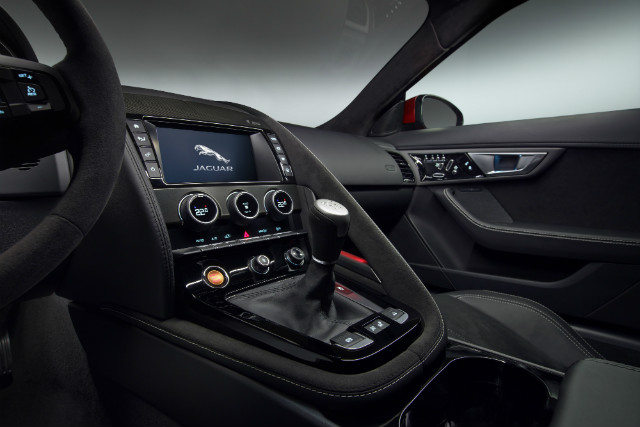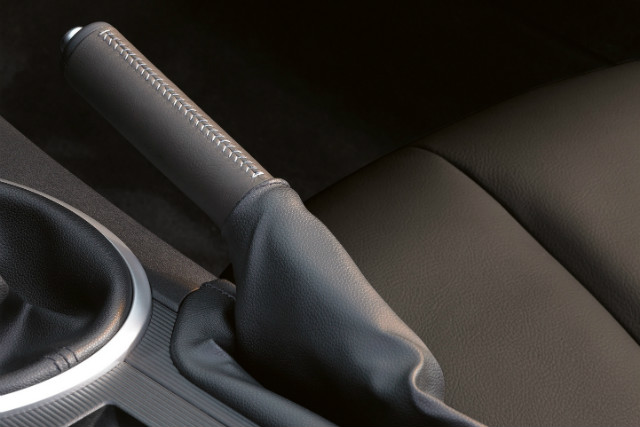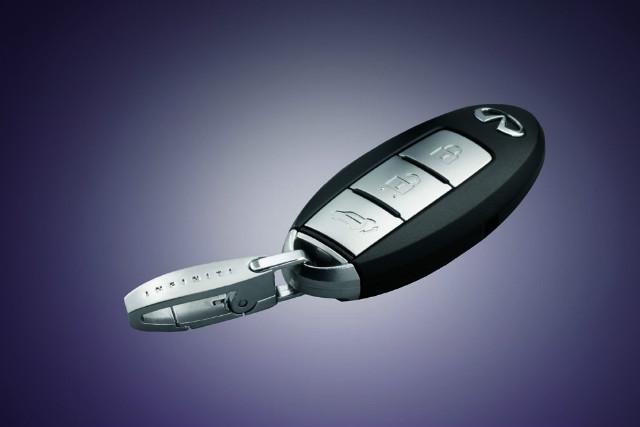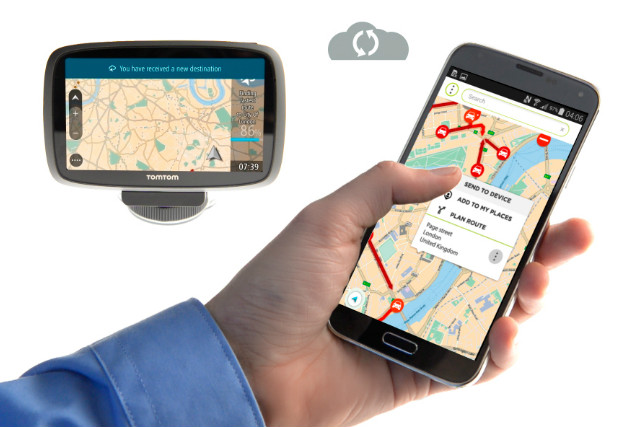The thing about cutting-edge technology is that it only stays cutting-edge for a finite amount of time.
Whether they got old and were replaced with newer, shinier and easier-to-use gizmos, or just lost popularity among buyers, there’s already any number of automotive technologies which have faded away; think the manual choke or the hand crank.
Even in your car right this second, there’s any number of things which will probably be phased out within the next five to ten years. Here’s our quick list of some of the most likely suspects that could be gone forever sooner rather than later.
Manual gearboxes

It’ll come as bad news to any die-hard fans, but the traditional manual gearbox is slowly on its way out, replaced by new automatic and semi-automatic pretenders.
Automatic gearboxes used to be heavy, clunky and expensive, but increasing numbers of small and affordable cars now come with auto options. Even the Ford Fiesta is available with an automatic gearbox, though it’ll cost a bit more than the standard manual.
More and more drivers are happy to accept this, however, spurred on by the benefits of stress-free driving without having to move your clutch foot once for an entire journey.
While they remain popular amongst enthusiasts, even this mightn’t be enough to save the humble manual gearbox. Frank van Meel, CEO of BMW’s M performance division, said earlier this year that lagging sales figures could soon see manual transmissions for its M cars become a thing of the past.
According to van Meel, from a technical standpoint, automatic gearboxes are faster and have better fuel consumption over manuals. This makes it difficult for BMW to say that it’ll continue to offer manual transmissions.
Handbrakes

Disappearing from cars even faster than manual transmissions is the traditional cable-operated handbrake, with more and more new cars now coming with button-operated electric brakes instead.
Leave it up to supercar whiz Christian von Koenigsegg to explain. According to him, the main reason for ditching the manual handbrake is interior packaging.
In an effort to make car interiors more spacious and usable, taking out the routing which sends the cables from the brake handle to the wheels can save a considerable amount of space, particularly useful for electric or hybrid vehicles.
While most electrically-operated handbrakes make use of a push button, some manufacturers are now already even doing away with that. Tesla, for example, makes use of a system which automatically engages the brake when the car is put in park, doing away with any and all switches.
Sure, you won’t be able to do handbrake turns anymore, but for the majority of drivers this apparently isn’t going to be an issue.
Car keys

One of the quickest, but somehow least discussed, changes to happen in the car industry in the past few years is the reduction in the number of physical keys for vehicles.
Instead, traditional keys are being replaced with smart keys at an increasing pace. Even some entry-level new cars are now coming with keyless entry and a keyless engine start button instead of the old fashioned method.
Surprisingly, and unlike a lot of changes, the move away from physical keys has happened without much fuss from consumers. The new smart system has gone down well with drivers who enjoy the convenience.
Just as quickly as smart keys have appeared, though, they may soon be replaced by smartphones and mobile devices. Apps like Vauxhall’s OnStar or Mazda Mobile Start allow drivers to unlock and start their cars from their phones, tablets or smart watches. Therefore, the future of car keys may lie in an app store.
Whether manufacturers stick with smart keys or move on to something else, it’s fairly inevitable that the traditional car key, which has been used for the past 70 years or so, will soon be a thing of the past.
Combustion engines

This is the big one. While it might take a little longer than the next couple of years, in the not-too-distant future, the combustion engine will be relegated to the history books, along with steam power.
In an effort to reduce the stress on the planet’s natural resources, the environment and drivers’ pockets, hybrid and full-electric cars are increasingly becoming the norm. Some manufacturers will continue to offer small, downsized combustion engines in a hybrid format for now, while others are more ambitious.
Toyota recently announced that it will completely eliminate petrol and diesel vehicles from its range by 2050 in an effort to radically reduce emissions. They’ll replace them instead with hydrogen fuel cell-powered cars instead.
In a markedly different direction to other companies, Toyota has said that it’s only interested in building hybrid and hydrogen fuel cell vehicles as opposed to pure electrically-powered cars.
Likewise, Tesla’s tech chief JB Straubel said earlier this year that economic strains would bring about the death of the combustion engine as swiftly as environmental concerns. He commented: “It's soon going to be cheaper to drive a car on electricity than it is to drive a gasoline car”.
Sat-navs

In a little over six years, more than 1.3 billion iPhone and Android smartphones have been sold worldwide, every single one of which has access to mapping software. Also, many new cars now come with integrated navigation systems.
Combine those facts together and it’s likely to spell a swift demise for the sorts of stand-alone GPS units which saw widespread use in the early to mid-2000s.
Since smartphones started coming with GPS capabilities in 2008, the sales of aftermarket sat-navs has seen a 15 to 20 per cent dip year on year.
Costing up to hundreds of pounds, the sorts of GPS units built by the likes of Garmin and TomTom are already losing their usefulness. They’ll likely be removed from the market within the coming years.
Likewise, as battery improvements and the inclusion of USB ports in virtually all new cars allows for more usage time for smartphones, standalone GPS unit will cease to be an option in the near future.
It’s not all bad though; sat-nav manufacturers still enjoy high sales among boating and other outdoor activity enthusiasts, while some now partner with carmakers to offer integrated systems.



